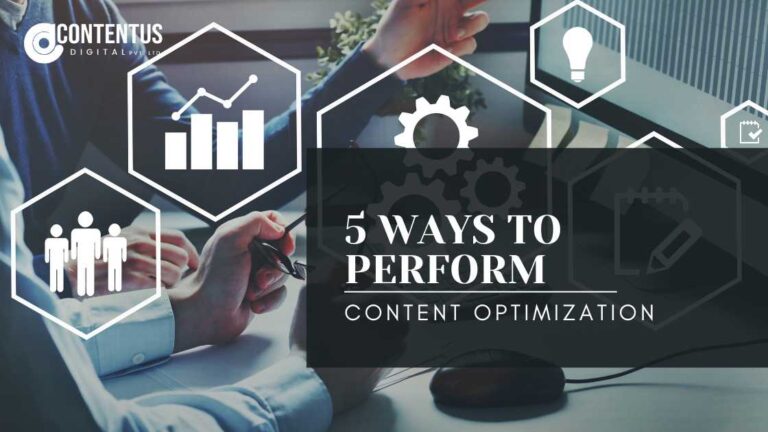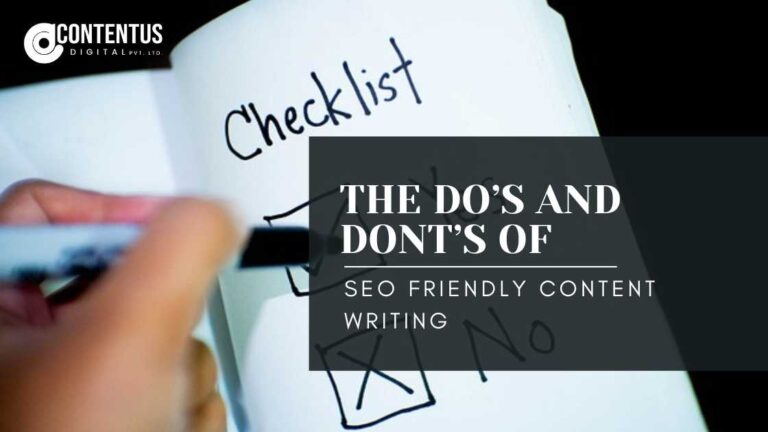Top 9 reasons your website can have a high bounce rate
Keeping visitors on your site for as long as possible should be your top priority. A customer’s interest in your goods and services increases in direct proportion to their time spent on your site. On the other side of this great business prospect lies the concept of bounce rate.
The term ‘bounce rate‘ defines the visitors who have come to your website and left quickly. It counts how many people visited your page but clicked away without taking action. As a result, they have not explored the site properly. Now, the reason behind this can be plenty, starting from a slow website, difficulty navigating, not having what he/she was looking for, and many others.
If you want to succeed with digital marketing, you need to learn what leads to high bounce rates and how to reduce them.
How come there are so many “bounces”?
The most common reasons visitors quickly abandon your website are in the list below:
- Negative impact of bounce rate on the user
A final choice about whether to stay or go rests with the populace. If the site’s aesthetics aren’t pleasing, the layout isn’t well-thought-out, and the navigation needs to be more complex and intuitive, the visitor will leave the page.
Regarding the user interface, keep things as straightforward as possible. A pleasing design and a straightforward navigation structure are all that you need.
- Poor or grating user interface
Visitors will stop visiting your website if it is overrun with advertisements, pop-up surveys, and invitations to join your email list.
Although it may be difficult to resist the compelling call-to-action (CTA) options, remember that an overabundance of CTAs will result in a higher bounce rate.
- Self-sufficient content
Sometimes, your information is good enough that readers can absorb it quickly and move on. Congratulations; you’ve accomplished the holy grail of content marketing: creating something truly outstanding.
Google rewards you for having visitors that stick around for a while. A high bounce rate may indicate an issue with the user experience, which can be tested.
- Speed issue
Your site needs to load instantly. We only have time for something that takes a few seconds. Find out how quickly your website loads with the help of a tool like GTMetrics.
If your website has a speed issue, the service will advise how to speed things up. Insoles that perform Google searches may produce a different result.
- Technology failures
You can only load a form if you enable JavaScript or a required plugin is available. If you don’t catch these errors, they may remain on your site indefinitely.
If your site has a large percentage of visitors who immediately leave, you should keep yourself in the shoes of a first-time user to determine why. You can reduce the Bounce rates can only in this way.
- False or misleading titles and descriptions
You can either edit the page’s content to make it more relevant to the search queries you want to rank for or adjust the title tags and meta description.
The meta description that Google crafted for your website based on popular queries is also available to review.
- Blank page
If visitors to your site don’t spend more than a few seconds there, your bounce rate is likely high. It’s likely that you’ve encountered a 404 error or that your website isn’t displaying correctly.
Check out the most popular browsers and devices used by your target audience to ensure you’re providing them with the same experience across the board.
- Bad external links to another site
Your referral traffic may have a high bounce rate even if you do everything right to achieve a normal or low bounce rate.
The referring site may provide qualified visitors or anchor text, but it is misleading.
- Inadequate or low-quality content
Visitors to your site seek information and specific solutions to their problems. Users are more likely to spend time on your site and potentially return if they have a positive experience there.
Moreover, the trick is to avoid subscribing to substandard content and instead focus on improving the quality of your own writing. Google thinks highly of your website because of its benefits, and the information will rise to the top of search engine rankings to the extent that the information is helpful. A considerable percentage of visitors will leave your site immediately if the information needs to be more organised and exciting, and users will appreciate helpful information.
Parting thoughts
Hopefully, this write-up has shed some light on the idea of bounce rate and the reasons behind it. So, you can now take preventive measures and ensure that your website is performing well and bringing in the results you have always hoped for.







